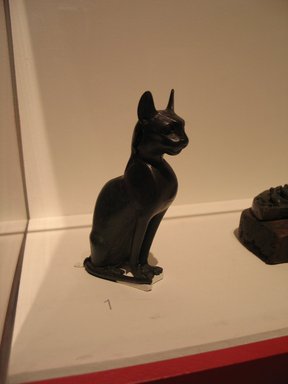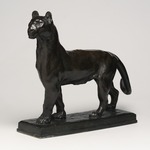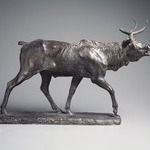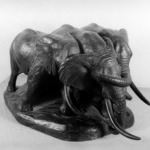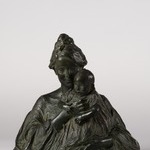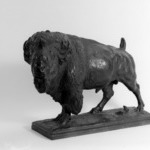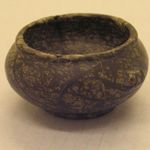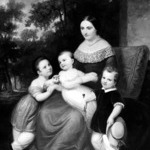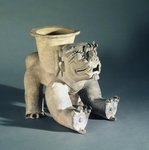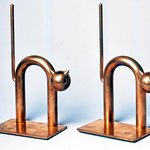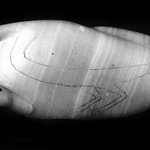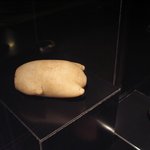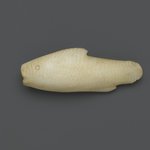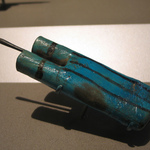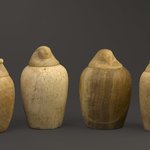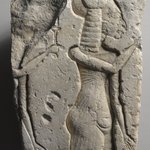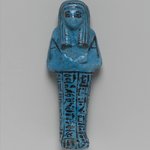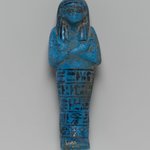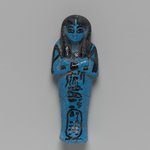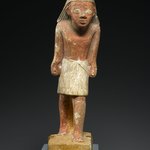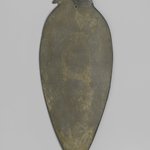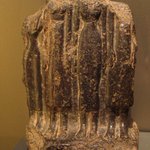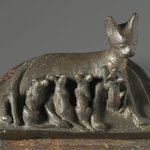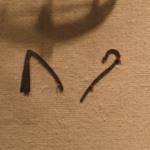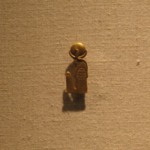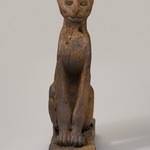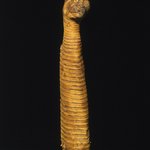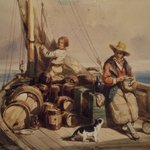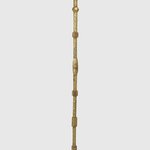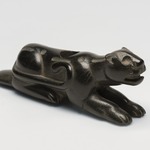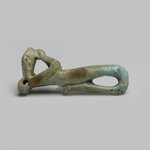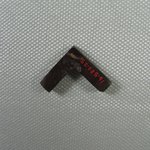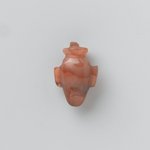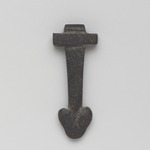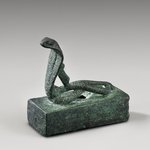

Cat (Bastet), 664–343 B.C.E. Bronze, 5 1/4 x 1 5/8 x 3 3/4 in. (13.3 x 4.1 x 9.5 cm). Brooklyn Museum, Gift of Mrs. Nasli Heeramaneck, 78.243. Creative Commons-BY (Photo: , 78.243_threequarter_PS9.jpg)
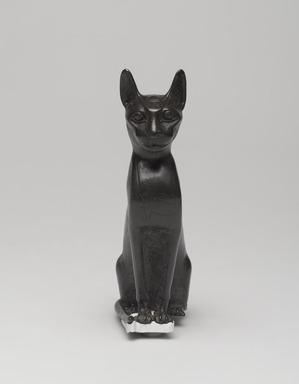
Cat (Bastet), 664–343 B.C.E. Bronze, 5 1/4 x 1 5/8 x 3 3/4 in. (13.3 x 4.1 x 9.5 cm). Brooklyn Museum, Gift of Mrs. Nasli Heeramaneck, 78.243. Creative Commons-BY (Photo: , 78.243_front_PS9.jpg)

Cat (Bastet), 664–343 B.C.E. Bronze, 5 1/4 x 1 5/8 x 3 3/4 in. (13.3 x 4.1 x 9.5 cm). Brooklyn Museum, Gift of Mrs. Nasli Heeramaneck, 78.243. Creative Commons-BY (Photo: Brooklyn Museum, 78.243_NegA_front_bw_SL3.jpg)
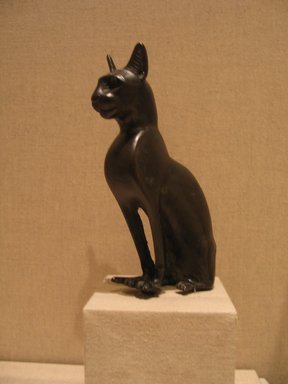
Cat (Bastet), 664–343 B.C.E. Bronze, 5 1/4 x 1 5/8 x 3 3/4 in. (13.3 x 4.1 x 9.5 cm). Brooklyn Museum, Gift of Mrs. Nasli Heeramaneck, 78.243. Creative Commons-BY (Photo: Brooklyn Museum, CUR.78.243_wwg8.jpg)
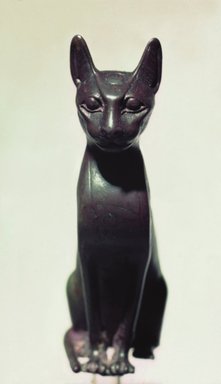
Cat (Bastet), 664–343 B.C.E. Bronze, 5 1/4 x 1 5/8 x 3 3/4 in. (13.3 x 4.1 x 9.5 cm). Brooklyn Museum, Gift of Mrs. Nasli Heeramaneck, 78.243. Creative Commons-BY (Photo: Brooklyn Museum, CUR.78.243.jpg)
Cat (Bastet)
Egyptian, Classical, Ancient Near Eastern Art
This figure probably represents Bastet, the goddess most often depicted as a cat. Feline images of her began in Dynasty XXII (circa 945–718 B.C.) and became extremely numerous in the Late Period. Like this figure, many of the finer bronze cats have a scarab on the head, a wadjet-eye on the chest, and pierced ears probably intended for loops of gold.

